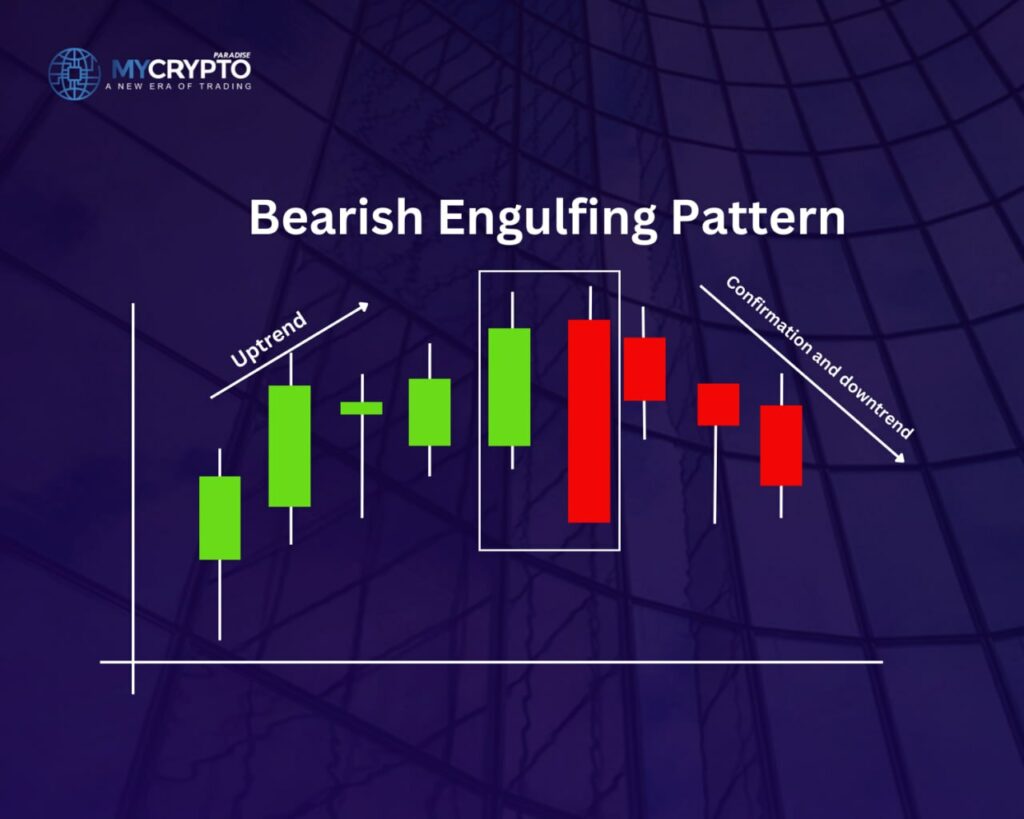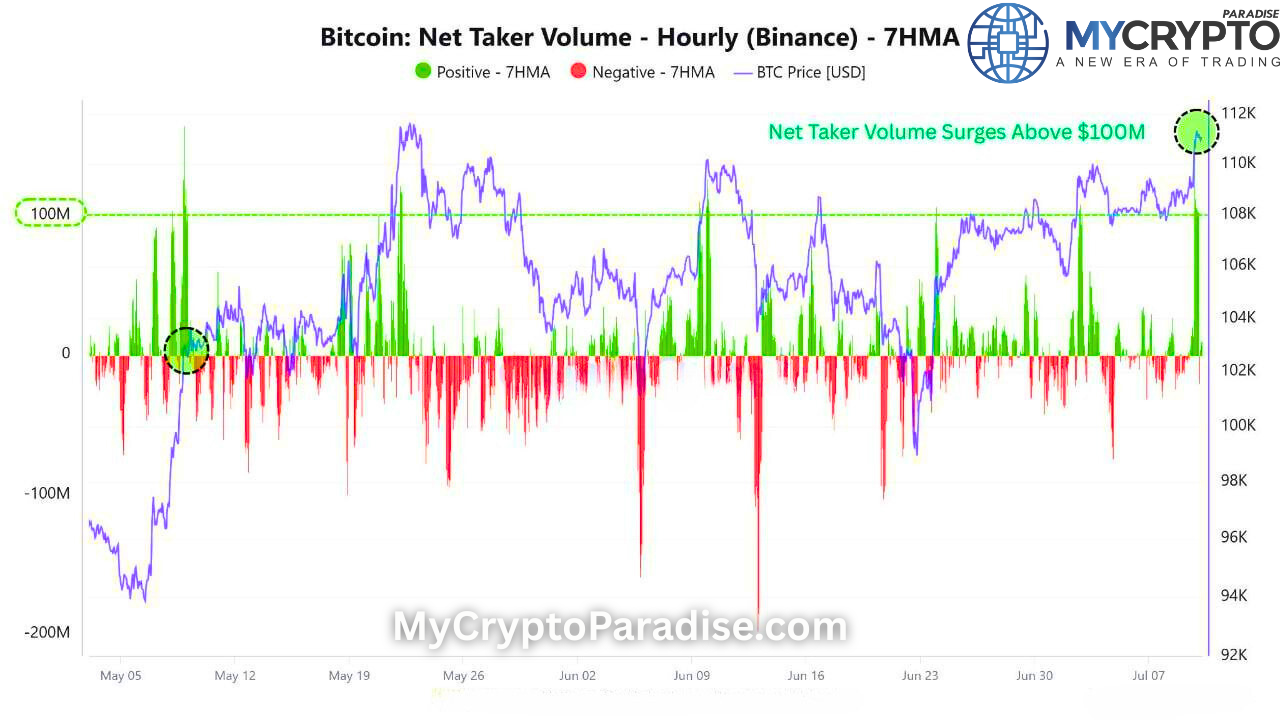In the volatile world of cryptocurrency trading, technical analysis plays a crucial role in helping traders make informed decisions. One popular indicator used by many traders is the Moving Average Convergence Divergence (MACD). By combining the MACD indicator with bearish engulfing signals, traders can gain additional confirmation for their trading strategies. In this article, we will explore how to effectively use the MACD to confirm bearish engulfing signals in crypto trading.
Understanding the MACD Indicator

The MACD indicator is a trend-following momentum oscillator that consists of two main components: the MACD line and the signal line. The MACD line is calculated by subtracting the 26-day Exponential Moving Average (EMA) from the 12-day EMA. The signal line is a 9-day EMA of the MACD line.
When the MACD line crosses above the signal line, it generates a bullish signal, indicating that it may be a good time to buy. Conversely, when the MACD line crosses below the signal line, it generates a bearish signal, suggesting that it may be a good time to sell.
Understanding Bearish Engulfing Signals

A bearish engulfing signal occurs when a large bearish candle completely engulfs the previous smaller bullish candle. This pattern suggests a potential reversal in the upward trend and a possible shift towards a downward trend. It signifies increased selling pressure and can be seen as a bearish signal by traders.
Using the MACD to Confirm Bearish Engulfing Signals
While bearish engulfing signals alone can be useful in identifying potential reversals, combining them with the MACD indicator can provide additional confirmation and increase the reliability of the signal. Here’s how you can use the MACD to confirm bearish engulfing signals in crypto trading:
1. Identify a Bearish Engulfing Pattern: Look for a large bearish candle that completely engulfs the previous smaller bullish candle. This pattern should indicate a potential reversal in the upward trend.
2. Verify the MACD Signal Line: Check the position of the MACD line in relation to the signal line. If the MACD line is below the signal line and both lines are sloping downward, it confirms the bearish sentiment and strengthens the bearish engulfing signal.
3. Confirm Divergence: Divergence occurs when the price of the cryptocurrency moves in the opposite direction of the MACD indicator. For example, if the price is making higher highs while the MACD is making lower highs, it suggests a bearish divergence. This can further confirm the bearish engulfing signal.
4. Consider Volume: Analyzing volume can provide additional insight into the strength of the bearish engulfing signal. If the bearish engulfing pattern occurs with high trading volume, it indicates stronger selling pressure and increases the likelihood of a bearish reversal.
5. Set Your Stop Loss and Take Profit Levels: Once you have confirmed the bearish engulfing signal with the MACD indicator, it’s essential to set appropriate stop loss and take profit levels. A stop loss order will help limit potential losses if the market moves against your trade, while a take profit order will allow you to secure profits if the market moves in your favor.
6. Monitor Price Action: Continuously monitor the price action and the behavior of the MACD indicator after entering a trade. If the MACD line starts to cross above the signal line or if bullish divergence occurs, it may be a sign to exit the trade and reconsider your position.
In ParadiseFamilyVIP, we send crypto signals which you get from our team of professional traders. Use the code PRO20% to get 20% discount and contact us here.
Determining appropriate stop loss and take profit levels
This is a crucial aspect of successful trading. These levels help you manage risk and protect your capital while allowing you to secure profits. Here are some approaches you can consider when setting stop loss and take profit levels:
1. Support and Resistance Levels: Support and resistance levels are areas on a price chart where the price has historically struggled to move above (resistance) or below (support). These levels can act as potential barriers for price movements. When setting your stop loss and take profit levels, you can consider placing them just beyond key support and resistance levels. If the price breaks through these levels, it may indicate a significant shift in market sentiment.
2. Volatility-Based Techniques: Volatility measures the magnitude of price fluctuations. More volatile markets may require wider stop loss levels to accommodate price swings, while less volatile markets may have narrower stop loss levels. One common technique is using Average True Range (ATR), which calculates the average range of price movements over a specified period. You can multiply the ATR value by a factor to determine your stop loss level. For example, you might set your stop loss at 2 times the ATR value to allow for normal price fluctuations.
3. Percentage-Based Approach: Another approach is setting stop loss and take profit levels based on a percentage of the entry price. For example, you might decide to set your stop loss at 2% below the entry price and your take profit at 4% above the entry price. This approach allows you to adjust your risk and reward potential based on your trading strategy and risk tolerance.
4. Technical Indicators: You can also use technical indicators to determine stop loss and take profit levels. For example, you might identify a key moving average or a trendline that has acted as support or resistance in the past. Use these levels as reference points to place your stop loss and take profit orders.
5. Risk-to-Reward Ratio: The risk-to-reward ratio helps you assess the potential profit relative to the potential loss. A common rule of thumb is to aim for a risk-to-reward ratio of at least 1:2 or higher. This means that if your stop loss level is 1% below the entry price, your take profit level should be 2% or more above the entry price. By maintaining a positive risk-to-reward ratio, you can have profitable trades even if you are right less than 50% of the time.
6. Consider Timeframes: Different timeframes can influence the placement of your stop loss and take profit levels. Shorter timeframes may require tighter stop loss levels as price movements can be more volatile, while longer timeframes may require wider stop loss levels to accommodate larger price swings.
Conclusion
By combining the MACD indicator with bearish engulfing signals, traders can enhance their trading strategies and increase their confidence in identifying potential reversals in cryptocurrency markets. Remember, no indicator or pattern is foolproof, and risk management is crucial in trading. Always practice proper risk management techniques and consider using a combination of indicators and patterns to make well-informed trading decisions.
The technical knowledge you’ve gained from this article is invaluable, but it’s just the starting point on your journey to long-term trading profitability. While this knowledge can provide you with an edge, turning it into consistent results over the next three years requires combining it with robust trading strategies and effective tactics.
At ParadiseFamilyVIP, we merge technical analysis expertise, on-chain insights, sentiment monitoring, and a deep understanding of whale behavior with strategic trading approaches. This combination allows us to provide premium crypto signals and portfolio management services designed for sustained profitability.
Our team shares every trade we take, including entry points, planned exits, and the exact portfolio allocations, enabling you to achieve the same ROI as we do.
We maintain complete transparency with our daily crypto market activities, and if you’re ready to learn and trade like a professional, joining our inner circle is your next step. Seats are limited—if your preferred circle is full, we encourage you to join the waiting list.
Our membership is a premium service, so it may not be suitable for those without sufficient trading capital. For beginners, we recommend starting with our FREE Telegram channels to build your knowledge and portfolio.
To check ParadiseFamilyVIP membership availability, click here: https://mycryptoparadise.com/paradisefamilyvip/
We trade exclusively on carefully vetted exchanges where we’ve negotiated discounts of up to 35% on all fees and deposit bonuses for our members. These platforms are fully secure and managed by legitimate teams, trusted with our own trading capital.
We base our signals on the highest liquidity and best-performing coins available on these four exchanges. Access them via our free, exclusive links:
MEXC: https://www.mexc.com/landings/MyCryptoParadise?handleDefaultLocale=keep&inviteCode=1nqGL
BINGX: https://bingx.com/en/act/chanelActivityStyle3/PCF833J1/
KCEX: https://www.kcex.com/register?inviteCode=MYCRYPTOPARADISE
BITUNIX: https://www.bitunix.com/register?vipCode=3q22
Notably, BITUNIX and KCEX are fully licensed and legal in the USA. ✅💰





